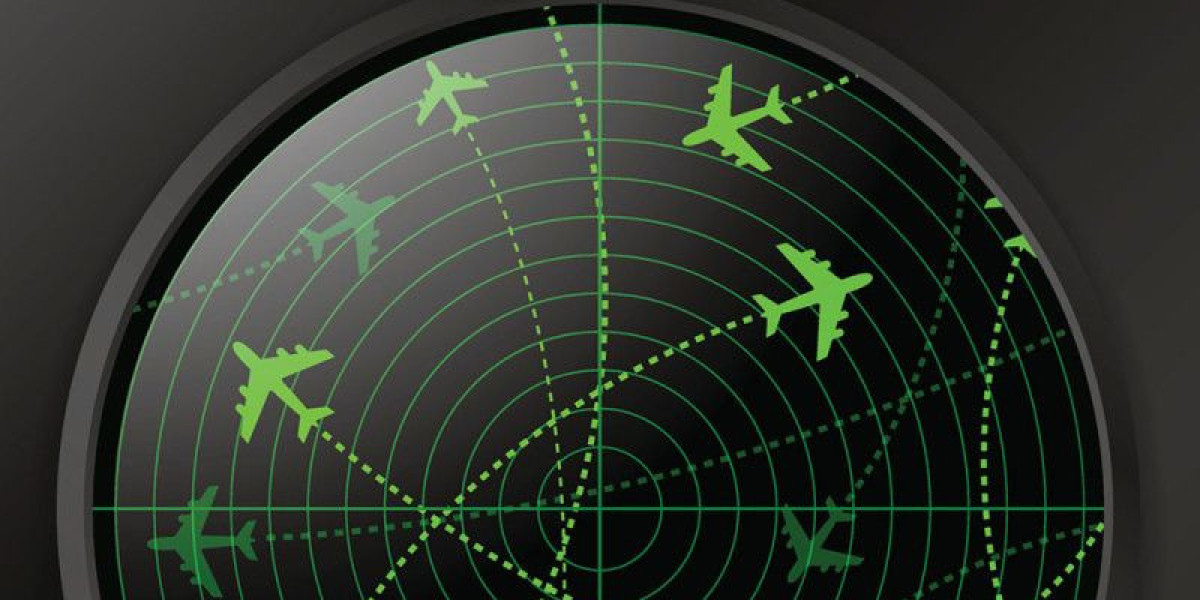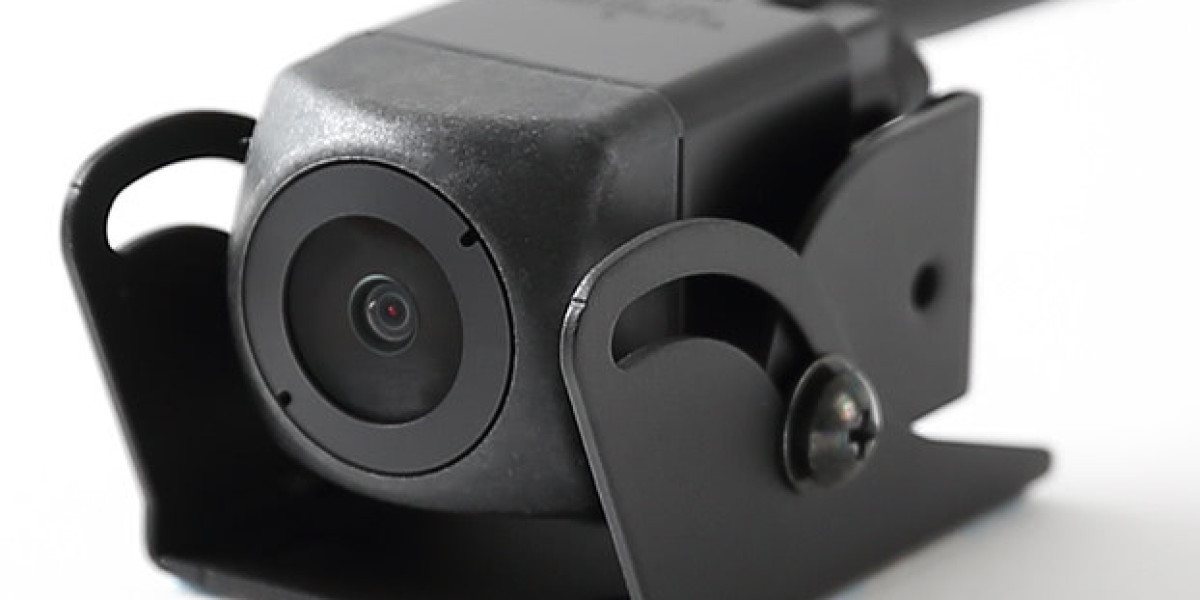Background of Flight Tracking Systems
Flight tracking systems emerged in the 1990s as a tool for airlines and aviation authorities to monitor commercial aircraft fleets in real-time. The initial systems used a combination of satellite communication technologies like VHF data link (VDL) and satellite Automatic Dependent Surveillance-Broadcast (ADS-B) to transmit the aircraft's identification, position, altitude and other operational data to ground stations. This provided unprecedented visibility into aircraft positions globally. Early adopters included major airlines who used these systems for fleet management, flight following and safety monitoring.
How Flight Tracking Works
Modern Flight Tracking System employ ADS-B technology which requires aircraft to broadcast their position, altitude, speed and direction every few seconds via VHF radio frequency transmissions. A network of ADS-B ground stations receive these broadcasts via antennas and transmit the data to processing centers over the internet in near real-time. The processing centers maintain global flight databases and aircraft position data is plotted on digital maps for users to track flights online or via mobile apps. ADS-B broadcasts contain the unique aircraft identification code which allows tracking specific flights. Some aircraft also transmit additional ongoing flight parameters like fuel levels and weather/turbulence data.
Benefits for Airlines and Aviation
Flight tracking brings significant benefits for airlines and aviation operations. It allows air traffic control to more efficiently manage airspace and aircraft movements. Dispatchers can closely monitor flights and respond to delays or issues in real-time for improved operations management. Flight following aids search and rescue efforts if an emergency occurs. Airlines gain a tool to improve on-time performance, fuel efficiency and reduce costs through better flight planning based on real conditions. The systems also facilitate safety monitoring by flight data analysts. Pilots benefit from receiving real-time weather and traffic updates electronically rather than paper flight plans.
Benefits for Passengers
Passengers are the biggest beneficiaries of consumer flight tracking services online and via mobile apps. They can track their flight's progress from pushbacks to landings to get accurate estimated arrival times. This aids travel planning and allays anxiety over delays. Many apps also provide information like airport maps, weather along the route and terminal gates. Families and friends can follow flights of their loved ones. The availability of real-time flight data online has ushered in an era of enhanced travel experience and transparency for the flying public.
Get More Insights on- Flight Tracking System
For Deeper Insights, Find the Report in the Language that You want:
Naijamatta is a social networking site,
download Naijamatta from Google play store or visit www.naijamatta.com to register. You can post, comment, do voice and video call, join and open group, go live etc. Join Naijamatta family, the Green app.
Click To Download


